What is RTU?
RTU stands for Remote Terminal Units, are devices used in industrial automation and control systems to monitor and control remote equipment and processes. RTU plays a crucial role in supervisory control and data acquisition (SCADA) systems.
RTUs are typically located in remote or hazardous environments, where they collect data from sensors and devices, and transmit it to a central control system for monitoring and analysis. They also receive commands from the central control system and control the connected devices and equipment accordingly.
The remote terminal unit is sometimes known as the remote telemetry unit or remote telecontrol unit.
Functions
Some key functions of RTUs include:
- Data Acquisition: RTUs collect data from various sensors, meters, and devices such as pressure sensors, temperature sensors, flow meters, and switches.
- Signal Processing: RTUs process the acquired data, performing calculations, filtering, and data transformation as required.
- Communication: RTUs establish communication links, typically through wired or wireless networks, to transmit data to the central control system and receive commands.
- Control: Based on the instructions received from the central control system, RTUs actively control devices and equipment connected to them, such as opening or closing valves, adjusting setpoints, or starting/stopping processes.
- Alarm Monitoring: RTUs monitor alarm conditions and generate notifications or alerts when predefined thresholds or abnormal conditions are detected.
Overall, RTUs serve as the interface between the field devices and the central control system, enabling efficient monitoring and control of industrial processes across geographically dispersed locations.
Benefits
The benefits of deploying RTUs include improved operational efficiency, reduced downtime, and enhanced control of industrial equipment. For example, RTUs can be used to track and monitor energy usage, optimize equipment performance, and detect malfunctioning equipment before it causes severe damage.
Application Industry
RTU is widely used in various automation control fields, such as electric power, water conservancy, petroleum, chemical, transportation, and metallurgy industries.
In the electric power industry, RTU is extensively applied in areas like substations and distribution automation systems to achieve remote monitoring and control of power systems.
In the water conservancy industry, RTU finds wide applications in hydrological measurement, hydrological forecasting, hydrological monitoring, etc., enabling remote monitoring and control of water conservancy systems.
In the petroleum industry, RTU is widely used in oilfield automation control systems to achieve remote monitoring and control of oilfield production processes.
RTU for Water Level Monitoring
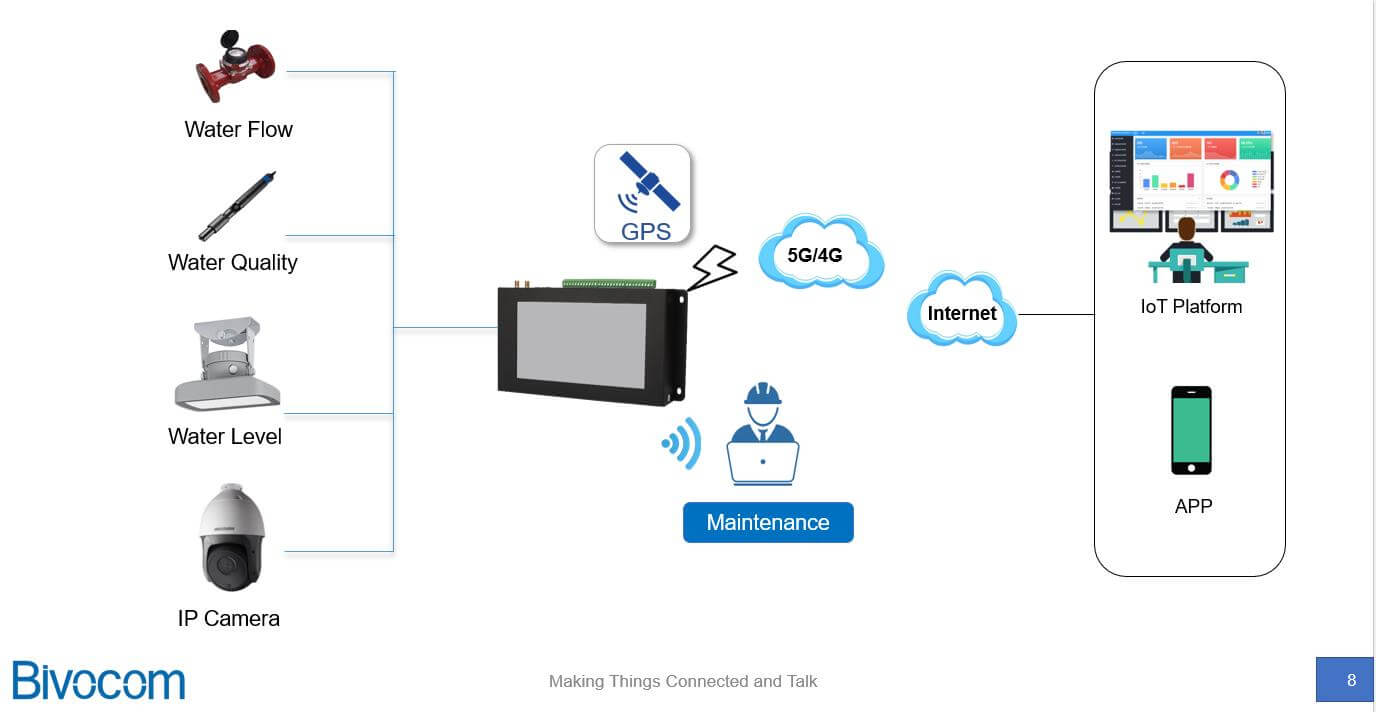
RTUs can definitely be used for water level monitoring and integrating IP cameras. In such applications, the RTU collects data from water level sensors placed in bodies of water, such as rivers, reservoirs, or tanks. It then transmits this data to a central server or cloud platform for monitoring and analysis. Additionally, an IP camera can be connected to the RTU, allowing real-time video surveillance of the water area. This combination of water level monitoring and IP camera integration helps track water levels and provides visual monitoring for safety, security, and analysis purposes.
Here is field application pictures from one of our customer.
Difference between RTU and DTU
RTU is generally used for applications related to monitoring, control, and data acquisition. It supports telemetry, telegraphy, telecontrol, and remote operations. Typically, it integrates analog and digital inputs and outputs, PWM control, counters, RS232 and RS485 interfaces, and also functions as a wireless router.
DTU refers to a wireless transparent transmission device. It is specifically used to convert serial data to IP data or vice versa and transmit it through a wireless communication network. It acts as a wireless terminal equipment.
Relevant articles:
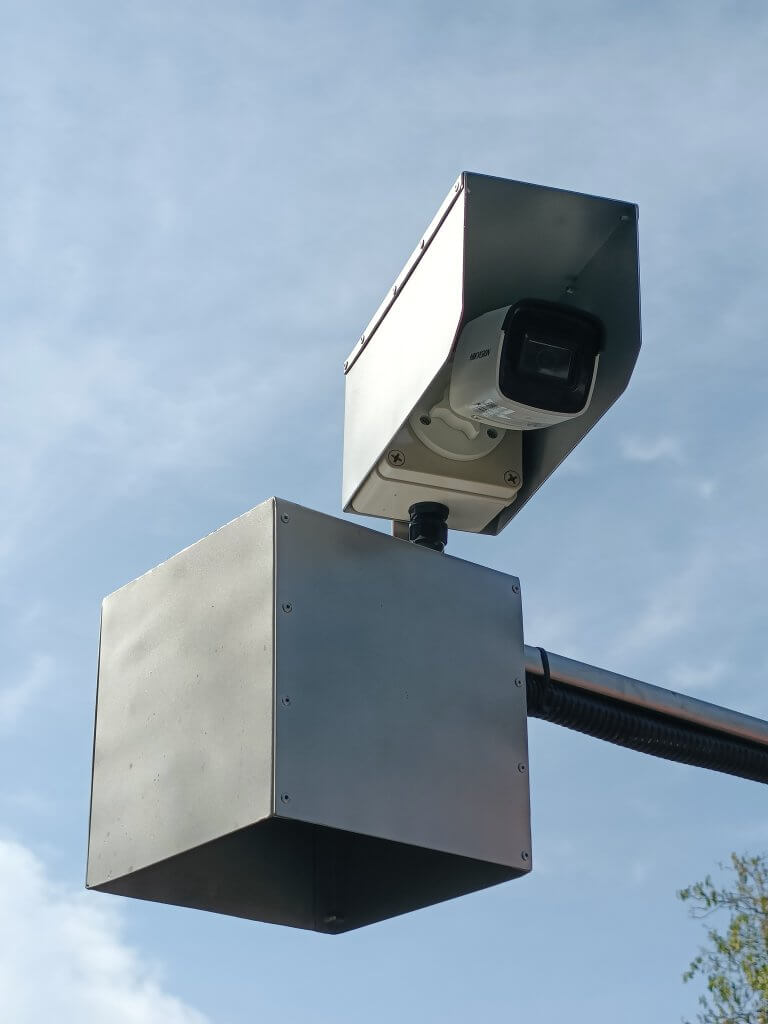
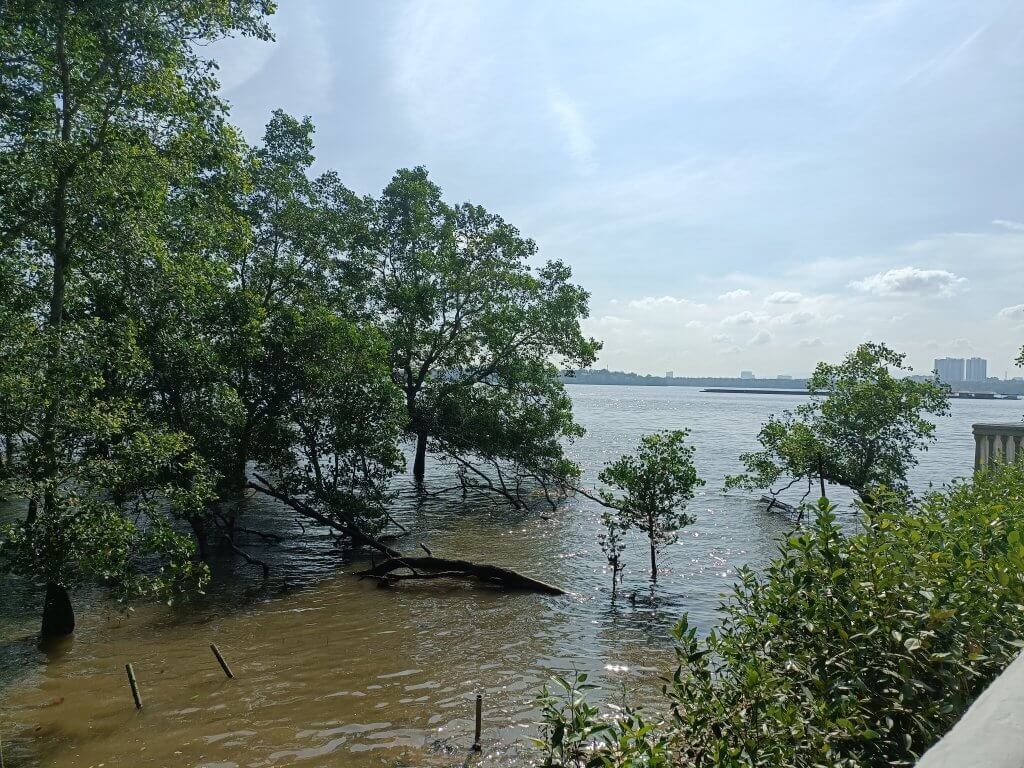
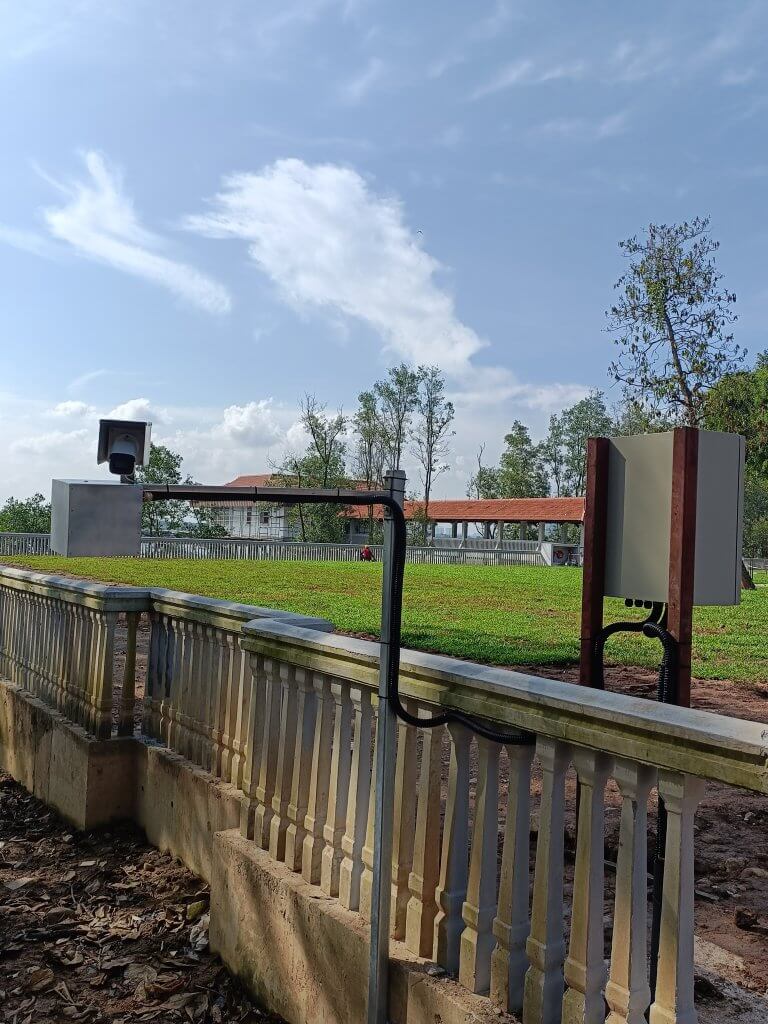
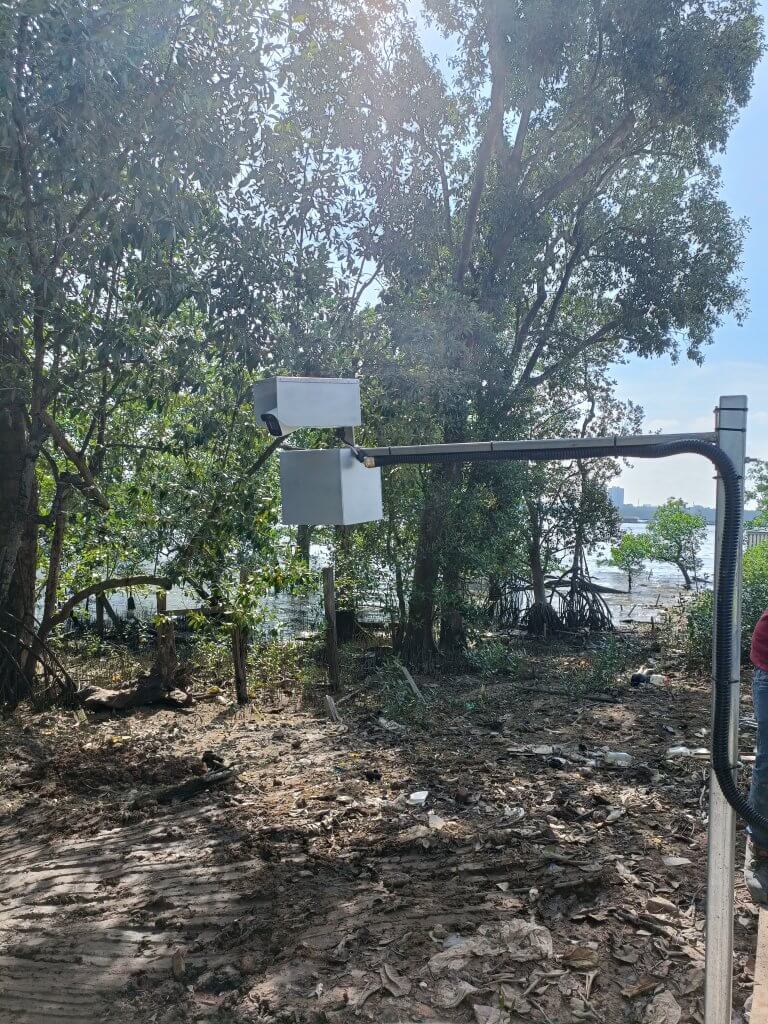
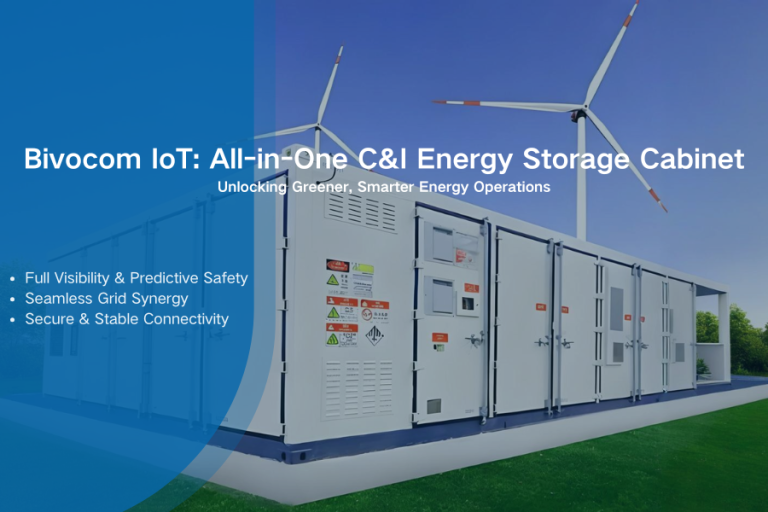
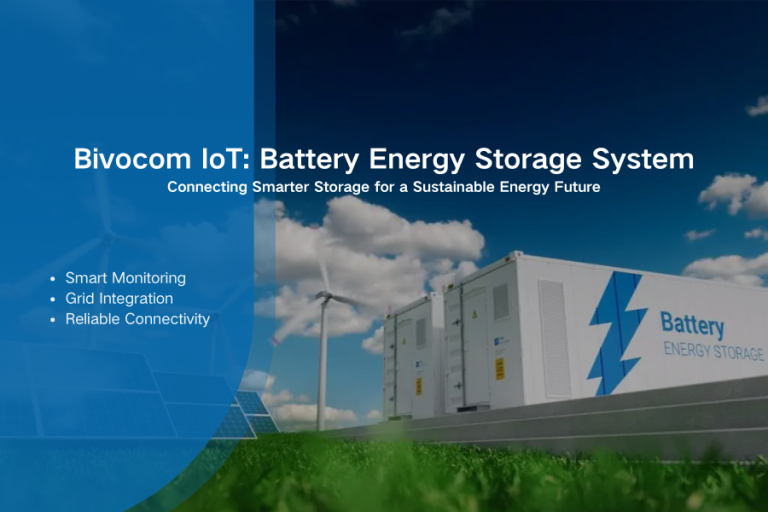
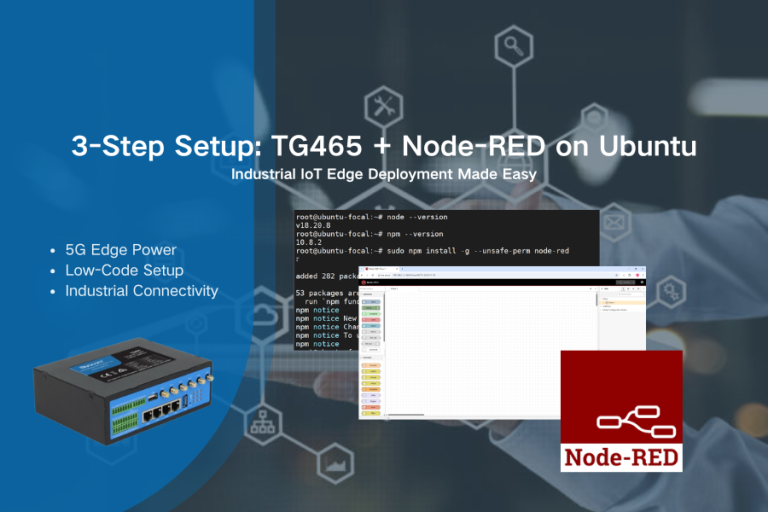
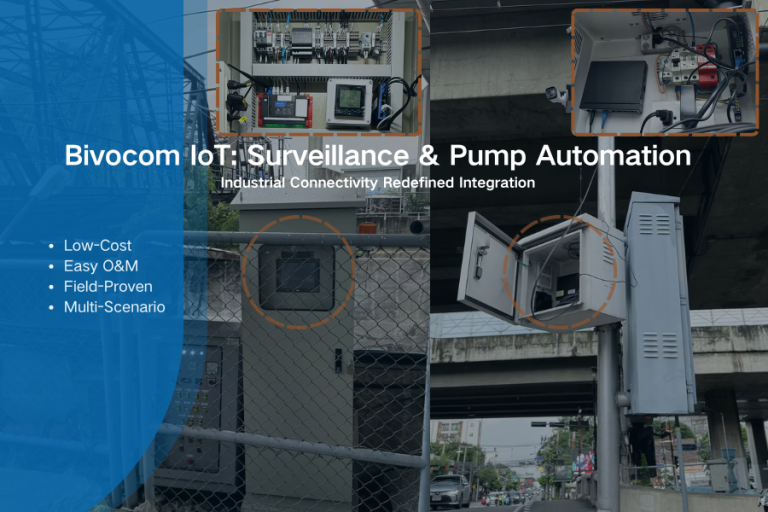
Comment